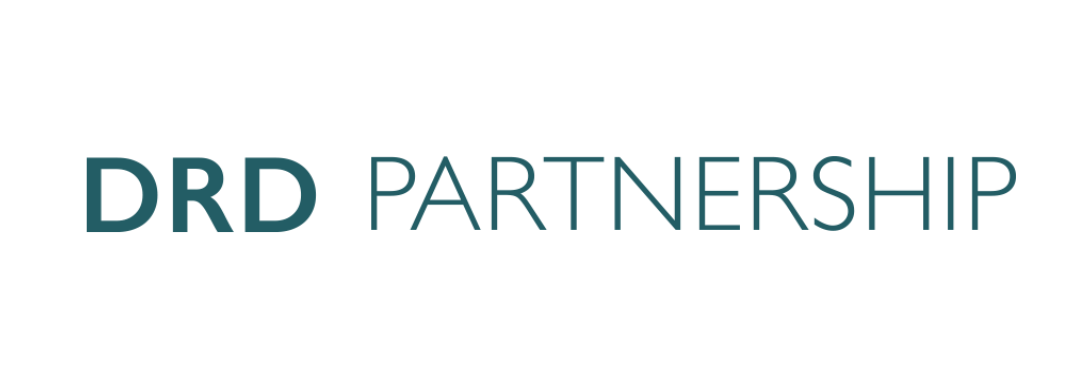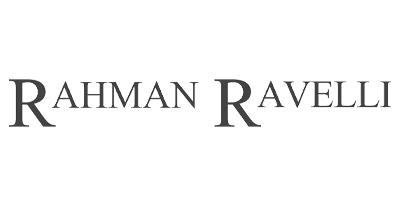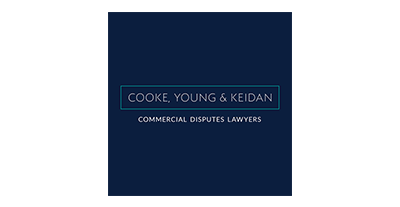Knowledge Hub
Join the Conversation!
Impartial and independent, ThoughtLeaders4 Disputes Knowledge Hub hosts cutting edge industry content and insight.
Email maddi@thoughtleaders4.com to submit content.
Use but not abuse – think laterally before using material collaterally
Date: 03/03/2021 Type: Articles Topic: Disputes |In disputes, information is often the key to success. However, if the key is used in the wrong door, then that very same information can lead to problems for the litigant and its lawyers. This has been reflected by an increasing number of cases addressing the restrictions on how information and documentation can be used, and how these restrictions can be navigated. This article explores a number of recent scenarios that have arisen in this regard.
During the course of a litigation, information and documentation lands on the litigator’s desk through a number of ways. The more traditional methods include the exchange of disclosure and witness statements between parties in the ordinary course. However, there are a number of other potential sources, including but not limited to Norwich Pharmacal orders, asset disclosure ancillary to worldwide freezing orders, and the results of search orders. It is critical to ensure that the source of the material is identified upfront, to leave less room for issues down the line when deploying the same.
Those issues can arise because of the rules and orders that govern the use of information and documentation. CPR 31.22 limits the circumstances in which disclosed documents can be used, whilst CPR 32.12 provides equivalent protection in relation to the use of witness statements and – from 6 April 2021, following a lacuna identified by the case of Official Receiver v Skreene (1) – affidavits. Meanwhile, there are often strict limits on, for example, the use of asset disclosure, Norwich Pharmacal disclosure and material obtained on a search orders, usually embodied in undertakings given to the Court as one of the conditions of the grant of the order.
Nevertheless, it is not unusual for another potential purpose to emerge. However, following a decision in the Tchenguiz litigation (2), and depending on the purpose, the proper approach may be to follow a two-staged process, first seeking permission to review the material for the collateral purpose before then applying to use the material for the collateral purpose.
A number of recent cases have addressed the circumstances in which permission for collateral use can be granted. The onus is on the applicant to show that there are special circumstances that constitute cogent and persuasive reasons to make use of the documents for the collateral purpose. Decisions are highly fact sensitive, as the courts weigh up conflicting public interests in a variety of different situations. A few 2020 cases highlight the types of circumstances in which documents are obtained and then permission granted for their collateral use.
- Use in other proceedings against a third party: In Libyan Investment Authority v Societe Generale S.A. and others (3), the applicant sought permission to use documents disclosed in one set of proceedings in a separate set of proceedings. Weighing up the balance between the just resolution of civil proceedings and maintaining confidentiality in documents disclosed under compulsion, the Court permitted disclosure on the basis that the documents were relevant to the other proceedings, it would not be unjust to permit their use and the party to whom the documents belonged had not objected.
- Use against the disclosing party: in one of my recent cases (4), an applicant obtained disclosure from a bank under the Norwich Pharmacal and Bankers Trust regimes following an authorised push payment fraud. When it transpired that it would not be commercial to pursue the fraudsters, attention turned to the fraudsters’ bank. Following the grant of permission to review the documents, the applicant wished to use the disclosure against the disclosing bank. The bank’s basis for opposing collateral use included that banks may be less willing to consent to Norwich Pharmacal orders if they face the prospect of (allegedly) speculative claims by applicants. This was rejected by the court; the proper basis for discouraging such claims was by the use of summary judgment or strike out.
- Use for enforcement: In National Bank Trust v Yurov (5), the bank sought permission to use disclosure under a worldwide freezing order for the purpose of post-judgment enforcement. In the case, the judge granted permission, finding that this would not cause injustice to the defendant and that there was a strong public interest in allowing the same where there had been a finding of civil fraud.
- Use for criminal proceedings: another interesting case – PJSC National Bank Trust v Mints (6) - concerned the use of information obtained as a result of worldwide freezing orders, albeit the lessons derived from it apply more widely. In that case, the applicants had undertaken not to use such information for any civil or criminal proceedings other than the particular claim, without the Court’s permission. Faced with a Russian criminal court order entitling the defendants’ asset disclosure to be seized, the Court concluded that most of the material was in the public domain following the return date hearing and had lost its confidential status (the defendants not having taken steps to preserve the documents’ confidentiality, such as seeking for the hearing to be in private or for any documents referred to by the court to be treated as being subject to rules against collateral use). This is a salutary lesson to parties whose material would otherwise be caught by the rules restricting collateral use.
Whilst the parties in the above cases prospectively sought permission for collateral use, the case of Lakatamia Shipping Company v Su (7) shows what can go wrong if mechanisms are not put in place to prevent a party falling foul of the restrictions in place. Here, the claimant was found to have breached its undertakings by reviewing documents obtained on a search order without promptly applying for permission. Notwithstanding that retrospective permission is rare (8), it was granted in this case, the Court in particular relying upon the strong public interest in promoting judgment enforcement, and considering that the claimant could be sanctioned for the misuse of the material by an indemnity costs order and a critical formal judgment.
As such, whilst it is clear that – where cogent and persuasive reasons exist – collateral use will be permitted, it is important to keep a watchful eye on any restrictions on the use of material in order to ensure that the appropriate approach is adopted.
(1) [2020] EWHC 1252 (Ch).
(2) Tchenguiz and another v Grant Thornton UK LLP and others[2017] EWHC 310 (Comm).
(3) [2020] EWHC 3659 (Comm).
(4) I.F.T. S.A.L. Offshore v Barclays Bank plc [2020] EWHC 3125 (Comm).
(5) [2020] EWHC 757 (Comm).
(6) [2020] EWHC 3253 (Comm).
(7) [2020] EWHC 3201 (Comm).
(8) Albeit recently granted also in Notting Hill Genesis v Ali [2020] EWHC 1194, in a case where the documents disclosed in an Employment Tribunal action where used in support of an application for an interim injunction.
Author
Jon Felce, Partner - PCB Litigation LLP
Our Disputes Corporate Partners





















